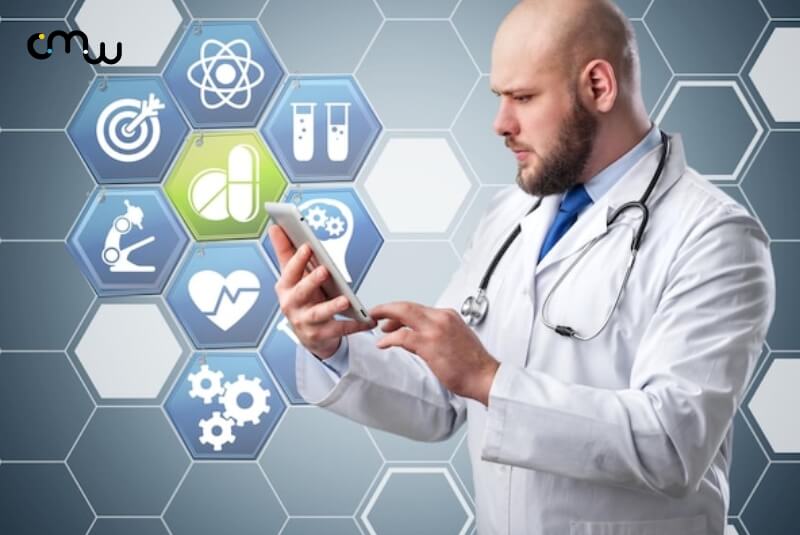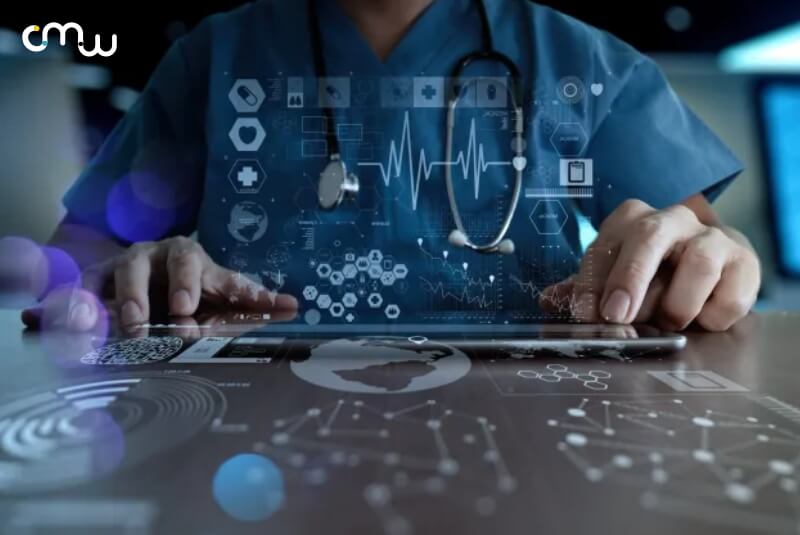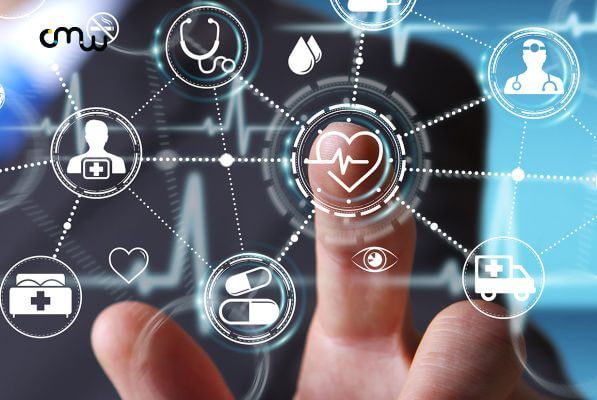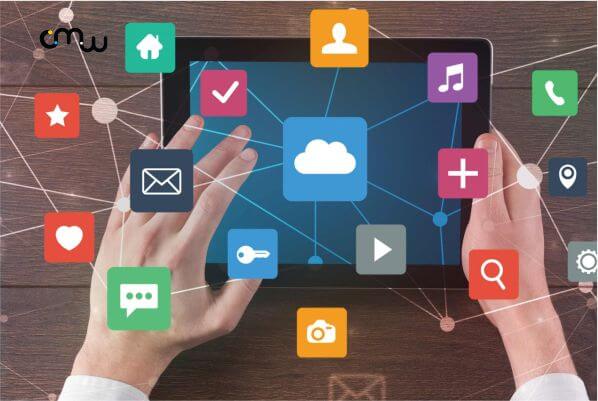In today's rapidly evolving healthcare landscape, patient education and empowerment play a crucial role in improving health outcomes and fostering active participation in healthcare decisions. As traditional methods of patient education face challenges, innovative approaches are emerging to bridge the gaps and empower patients with knowledge and skills to manage their health effectively. This article explores the concept of patient education, identifies the limitations of traditional methods, and delves into the transformative potential of innovative approaches. From leveraging technology and gamification to personalized education and peer support, we will uncover how these approaches can enhance patient education and empowerment, ultimately leading to improved healthcare experiences and outcomes.
Understanding Patient Education
Patient education is a vital component of healthcare that aims to equip patients with the knowledge and skills necessary to make informed decisions about their health. It involves providing information about medical conditions, treatment options, self-care practices, and lifestyle modifications. By empowering patients with relevant and accessible education, healthcare providers can enhance patient engagement, promote shared decision-making, and ultimately improve health outcomes.
Patient education encompasses various aspects, including explaining medical jargon, providing visual aids, offering written materials, and engaging in interactive discussions. It goes beyond the mere transmission of information and encourages active participation and self-management skills among patients. Effective patient education considers individual preferences, cultural factors, health literacy levels, and learning styles to ensure information is understandable and applicable to each patient's unique circumstances.
Understanding patient education involves recognizing the importance of clear communication, patient-centered approaches, and the ongoing nature of education throughout a patient's healthcare journey. By fostering a collaborative relationship between healthcare providers and patients, patient education becomes a powerful tool for promoting informed decision-making, improving treatment adherence, and enhancing overall patient outcomes.
Challenges in Traditional Patient Education Methods
Traditional patient education methods face several challenges that can limit their effectiveness. One of the main challenges is the limited time available for healthcare providers to deliver comprehensive education during consultations. This time constraint often leads to information overload or insufficient coverage of essential topics. Additionally, the use of complex medical terminology can create barriers to understanding for patients with limited health literacy or language proficiency.
Another challenge is the passive nature of traditional methods, such as printed brochures or pamphlets, which may not engage patients effectively or cater to different learning styles. Lack of interactivity and personalized content can hinder information retention and application. Moreover, traditional methods may not consider cultural diversity, and materials may not be available in multiple languages or tailored to specific cultural contexts.
Access to educational resources can also be a challenge, particularly for patients with limited internet access or those residing in underserved areas. This digital divide can restrict patients' ability to access online information and resources.
Addressing these challenges requires the adoption of innovative approaches that prioritize patient-centeredness, interactivity, and accessibility. Embracing technology, such as mobile applications, interactive online platforms, and multimedia resources, can enhance patient engagement and enable self-paced learning. Collaborative efforts between healthcare providers, educators, and technology experts are necessary to develop and implement innovative solutions that overcome these traditional patient education challenges.

Role of Technology in Patient Education
Technology plays a crucial role in enhancing patient education by providing innovative tools and platforms that empower patients to take an active role in managing their health. With the widespread availability of smartphones, tablets, and internet access, technology offers convenient and accessible avenues for delivering educational content.
One significant aspect of technology in patient education is the development of mobile applications. These apps can provide personalized health information, interactive learning modules, medication reminders, and tracking tools. Patients can access these resources anytime and anywhere, enabling self-paced learning and promoting better health management.
Furthermore, technology enables the use of multimedia resources, such as videos, animations, and infographics, which can simplify complex medical concepts and improve information retention. These engaging and interactive formats cater to various learning styles and enhance patient comprehension.
Telehealth and telemedicine platforms also leverage technology to deliver educational sessions remotely. Patients can connect with healthcare providers through video consultations, allowing for real-time interaction and personalized education. This approach eliminates geographical barriers and increases access to quality education for patients in remote or underserved areas.
Moreover, technology enables the creation of online patient communities and forums where individuals can share experiences, ask questions, and access peer support. These platforms foster a sense of belonging and provide emotional support, which can positively impact patient education and empowerment.
Technology revolutionizes patient education by offering convenient access to personalized information, interactive learning tools, and remote consultations. It enhances patient engagement, comprehension, and self-management, ultimately leading to improved health outcomes.
Gamification and Interactive Learning
Gamification and interactive learning have emerged as effective strategies to enhance patient education by making the process engaging, enjoyable, and interactive. By incorporating game elements into educational content, such as challenges, rewards, and progress tracking, gamification motivates patients to participate and learn actively.
One of the key benefits of gamification is its ability to capture and maintain the attention of patients. By turning educational activities into games, patients are more likely to remain engaged and motivated to complete tasks or modules. This helps overcome the challenge of patient disengagement often encountered in traditional educational methods.
Interactive learning approaches, such as quizzes, simulations, and virtual reality, provide hands-on experiences that allow patients to apply knowledge and skills in a safe environment actively. These methods promote critical thinking, problem-solving, and decision-making, making the learning process more practical and applicable to real-life situations.
Additionally, gamification and interactive learning promote a sense of accomplishment and achievement. By incorporating rewards, badges, and leaderboards, patients are motivated to achieve goals and track their progress, which boosts their confidence and encourages continued participation.
Furthermore, these approaches facilitate personalized learning experiences. Patients can tailor their learning paths based on their specific needs and preferences, accessing content at their own pace and focusing on areas of interest or concern.
In summary, gamification and interactive learning offer innovative ways to engage patients in the educational process. By transforming learning into an enjoyable and interactive experience, these approaches increase motivation, promote active participation, and improve knowledge retention, ultimately enhancing patient education and empowerment.
Personalization and Tailored Education
Personalization and tailored education have become increasingly important in enhancing patient education and empowerment. Every patient has unique needs, preferences, and learning styles, and tailoring educational content to match these individual characteristics can significantly improve the effectiveness and relevance of the educational experience.
Personalization involves customizing the educational content based on factors such as the patient's medical condition, age, cultural background, language proficiency, and health literacy level. By considering these factors, healthcare providers can deliver information in a way that is easily understandable and relatable to the patient, increasing their comprehension and engagement.
Tailored education goes beyond personalization by adapting the content to address specific areas of concern or interest for each patient. This approach allows patients to focus on the information that is most relevant to their situation, empowering them to make informed decisions about their health.
Advancements in technology, such as electronic health records and patient portals, enable the collection of patient data and facilitate the delivery of personalized and tailored education. These tools allow healthcare providers to track patient progress, provide targeted resources, and offer feedback based on individual needs and goals.
By personalizing and tailoring education, healthcare providers can create a more meaningful and impactful learning experience for patients. It empowers patients to take an active role in managing their health, improves health outcomes, and fosters a stronger patient-provider relationship.
Empowering Patients through Peer Support and Online Communities
Empowering patients through peer support and online communities has become increasingly prevalent in enhancing patient education and empowerment. These platforms provide a valuable space for individuals with similar health conditions or experiences to connect, share knowledge, and offer support to one another.
Peer support allows patients to interact with others who have firsthand experience dealing with the same health challenges. This interaction can provide emotional support, practical advice, and a sense of belonging, which are all crucial elements in empowering patients to take an active role in their healthcare journey.
Online communities, including forums, social media groups, and patient advocacy websites, provide platforms for patients to connect globally, regardless of geographical constraints. These communities foster a sense of camaraderie, enable the exchange of information, and allow patients to share their personal stories and insights.
By participating in peer support and online communities, patients gain access to a wealth of experiential knowledge, practical tips, and resources that can supplement their formal healthcare education. It encourages patient engagement, self-advocacy, and the development of a supportive network.
Healthcare providers and organizations can play a vital role in facilitating and promoting these peer support and online community platforms, recognizing the benefits they offer in empowering patients. By incorporating these resources into patient education programs, healthcare professionals can encourage patients to become active participants in their healthcare and enhance their overall well-being.

In conclusion, innovative approaches to enhance patient education and empowerment have the potential to revolutionize healthcare. By understanding patient education, recognizing the challenges of traditional methods, embracing technology, incorporating gamification and interactive learning, personalizing education, and leveraging peer support and online communities, we can empower patients to take control of their health.
Compendious Med Works, as a healthcare marketing agency, plays a crucial role in promoting these innovative approaches. With their expertise in healthcare marketing, they can help healthcare organizations develop and implement patient education strategies that utilize technology, personalize content, and foster peer support. Compendious Med Works understands the importance of patient empowerment and strives to bridge the gap between healthcare providers and patients, ultimately improving health outcomes and patient satisfaction.
















